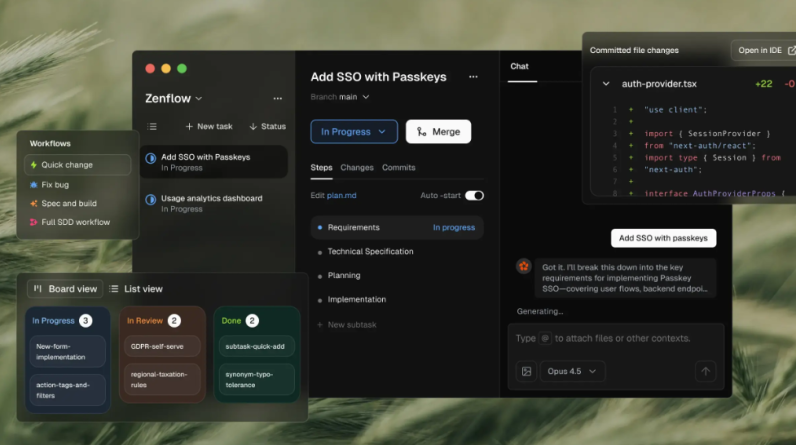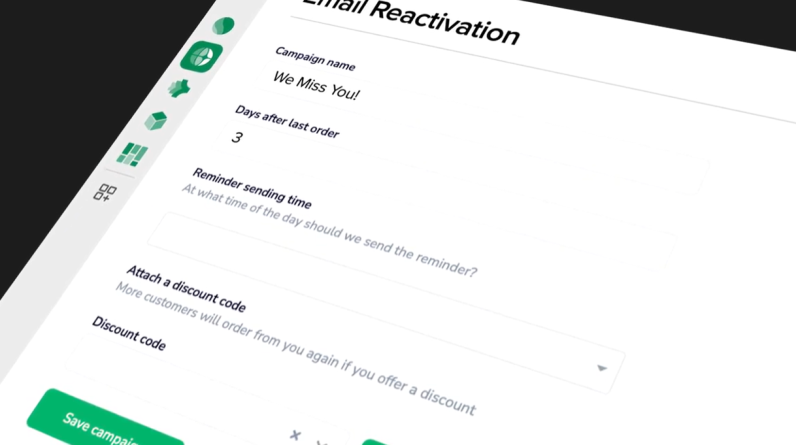
Enterprise automation and AI company UiPath used its UiPath Forward + TechEd convention this week to detail some ‘day two’ event deep dives on building in the new agentic AI workflow space.
Forrester analyst Craig Le Clair started off the day two keynote by explaining how he wrote his new book “Random Acts Of Automation” to explain how machines are now really starting to improve areas of life such as healthcare through agentic AI process management and more.
“AI interfaces enable us to eliminate the friction that has previously existed between humans and the User Interfaces (UIs) that we all come into contact with every day… and it’s always the UI i.e. it’s never a command line issue [for developers] and so as we look at the ability for humans to react with software, billions of people will say goodbye to a complex web of isolated apps, data and databases as AI dissolves the friction between humans and technology,” said Le Clair, referencing a wider Forrester quote in his presentation.
Looking at the stack of process patterns that we now seek to apply automation to, Le Clair explained how the stack is broken out.
He explained how we are moving from “traditional software agents” (rule-based RPAs, reinforcement learning models etc. onward to agentic software agents, we’re able to now work “in support of humans” because the latest generation of agents knows “how not to get stuck” because they have a non-deterministic control flow that do not exist in basic bots that we might have been exposed to half a decade ago.
Customer advocacy agents are the agentic AI software robots that we can think about as “digital doubles” of human workers and these are key among the new use cases – as are organisational stewardship agents, which for example might work as fiduciary agents i.e. an entity that looks after a person’s best interests often in relation to monetary issues.
A key next phase is for agentic AI to work better and be able to eliminate false positives. Looking forward, we can think of agentic process management and the use of agentic systems are focused on human task goals with limited (or no) human intervention.
Le Clair says we’re now looking at making sure we bring in more controls so that we know what all agentic AI agents are doing and – crucially – which AI model they are running on and – perhaps even more importantly – whose data they are being trained on.
Fireside chat
A further session was hosted on day 2 that represented a fireside chat with speakers Sarah E Chasins, professor of human-computer interaction at Berkley University with Ed Challis, head of AI strategy at UiPath.
Chasins and Challis agreed that the agentic future sees us now work outside of the more rules-based strongest procedural approach that has been taken by pre-existing RPA use cases.
Chasins in particular explained how deeply agentic functions will now start to understand and interpret unstructured workflow tasks… but there are of course still hurdles to overcome in terms of models interpreting intent in the same way that humans can.
Talking about AI capabilities, Chasins said that for agents to be successful in a business context they need to to enjoy democratised access so that all workers can be exposed to these generative-AI-based technologies and help them to be refined and extended throughout real world working businesses. She urges us to make sure we don’t fall into the gap between technology haves and technology have-nots.
“There are also challenges in terms of getting users to trust the software programs we are building at this level – it’s easier for a programmer perhaps who actually knows what a piece of software is doing, but for the average user, there is still a gap between users understanding how agentic software functions will work and so building trust through problem decomposition to clarify what is actually happening in any given piece of software,” said Chasins.
The central issues here also appear to gravitate around how we now start to give agentic functions even better natural language understanding – the old maxim being that the “best programming language is English” – so that we can make these tools more eminently usable and then even more functional.
Anthropic Claude
From the news roster, the company announced the integration of Anthropic’s Large Language Model (LLM), Claude 3.5 Sonnet, to deliver new AI features in three key products, including UiPath Autopilot for everyone, Clipboard AI and a medical record summarisation product.
Autopilot for everyone, now available to UiPath customers, is an AI companion that streamlines daily work tasks. It combines the power of Anthropic Claude 3.5 Sonnet, UiPath Document Understanding and UiPath Context Grounding to provide instant, accurate answers to business questions by accessing trusted enterprise knowledge for a diverse set of use cases and can drive actions across various systems through UiPath automations.
Organisations are using Autopilot for everyone to improve employee self-service, ground responses in domain and business-specific knowledge, and automate repetitive work.
Current implementations span various business processes. For example, healthcare services and disaster relief organizations use the solution to onboard blood donors, and at various organizations, Autopilot for everyone is used by sales teams to guide client outreach and for employee self-servicing on HR tasks.
UiPath also released a new piece of software designed to to help healthcare organisations revolutionise medical record summarization and allow them to take full advantage of the combined power of generative AI and enterprise automation. Developed in partnership with clinical staff, this solution integrates Anthropic Claude with UiPath Document Understanding to create a more efficient and accurate way to analyze medical documents.
UiPath says businesses that use Clipboard AI can enhance productivity, improve customer and employee satisfaction and improve operational efficiency.
Clipboard AI was recognized as one of TIME’s Best Inventions of 2023.
Forrester’s Craig Le Clair.

The agentic AI application pyramid/cube.
 UiPath CEO & founder Daniel Dines.
UiPath CEO & founder Daniel Dines.

The big AI application point prediction from Forrester.

Fireside chat.







